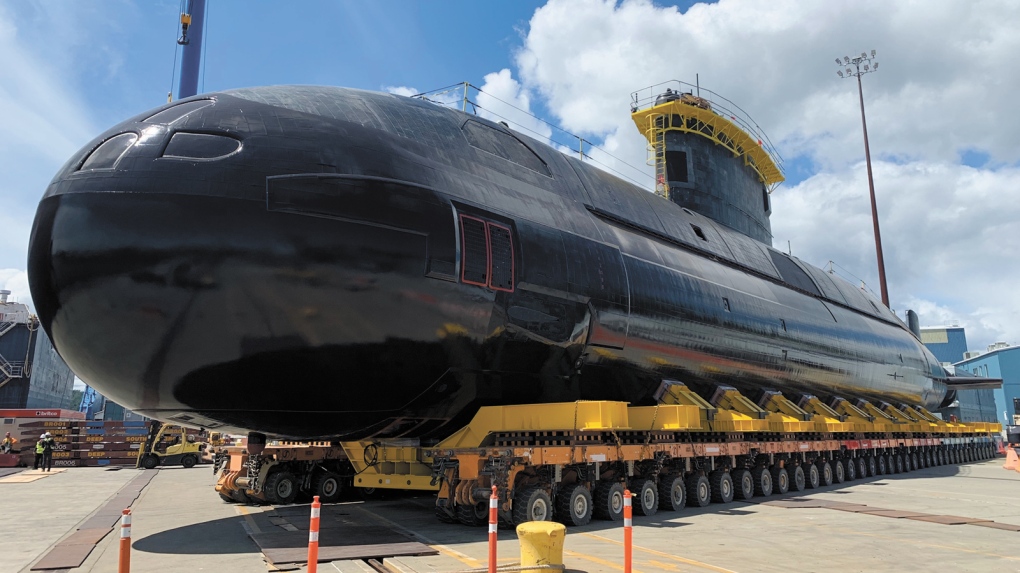QV
Army.ca Veteran
- Reaction score
- 3,472
- Points
- 1,010
Isn't it impossible to have 3 of 4 at sea for anything but a very temporary period?On another note -
Canadian navy aims to have 3 submarines at sea by end of 2021
As the article, from June 2021 describes, the RCN had the intent to have 3 of 4 of the Vic's out of port and doing what they were built for by the end of this year. Anyone have any thoughts or insight if this is going to even happen?
I did find this one line interesting and pertinent to our current line of discussions - " A new Lockheed Martin sonar system is being installed fleet-wide and could open the door to undersea missions in the Far North."

Canadian navy aims to have 3 submarines at sea by end of 2021
For the first time in seven years, the Canadian navy expects to have three of its four submarines operating simultaneously by the end of 2021.vancouverisland.ctvnews.ca



